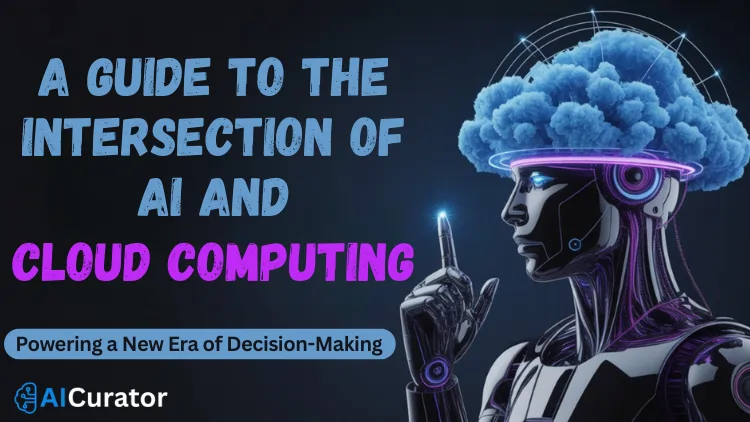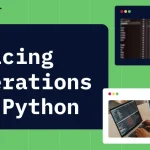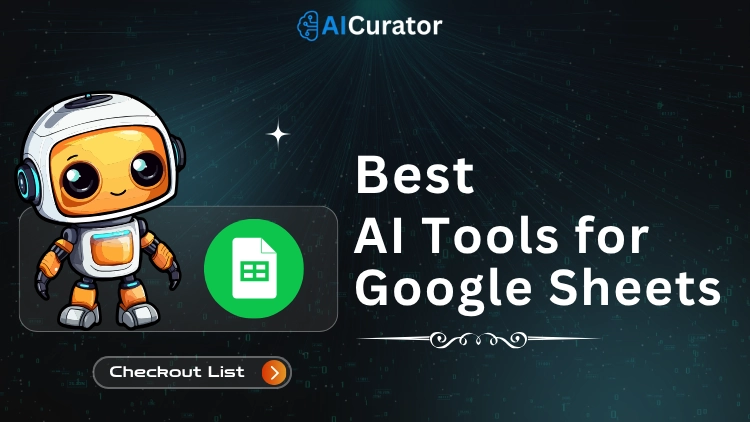Data isn’t just collected—it’s weaponized. As AI engines sync with cloud computing, organizations are turning raw information into instant, actionable intelligence.
Machine learning cloud platforms now drive everything from financial forecasts to supply chain moves, leaving slow adopters scrambling to keep pace.
This guide exposes how cloud-based AI decision tools are rewriting the rules for business strategy, risk management, and operational speed—giving early movers a decisive edge.
The Powerful Partnership: Why AI Needs the Cloud
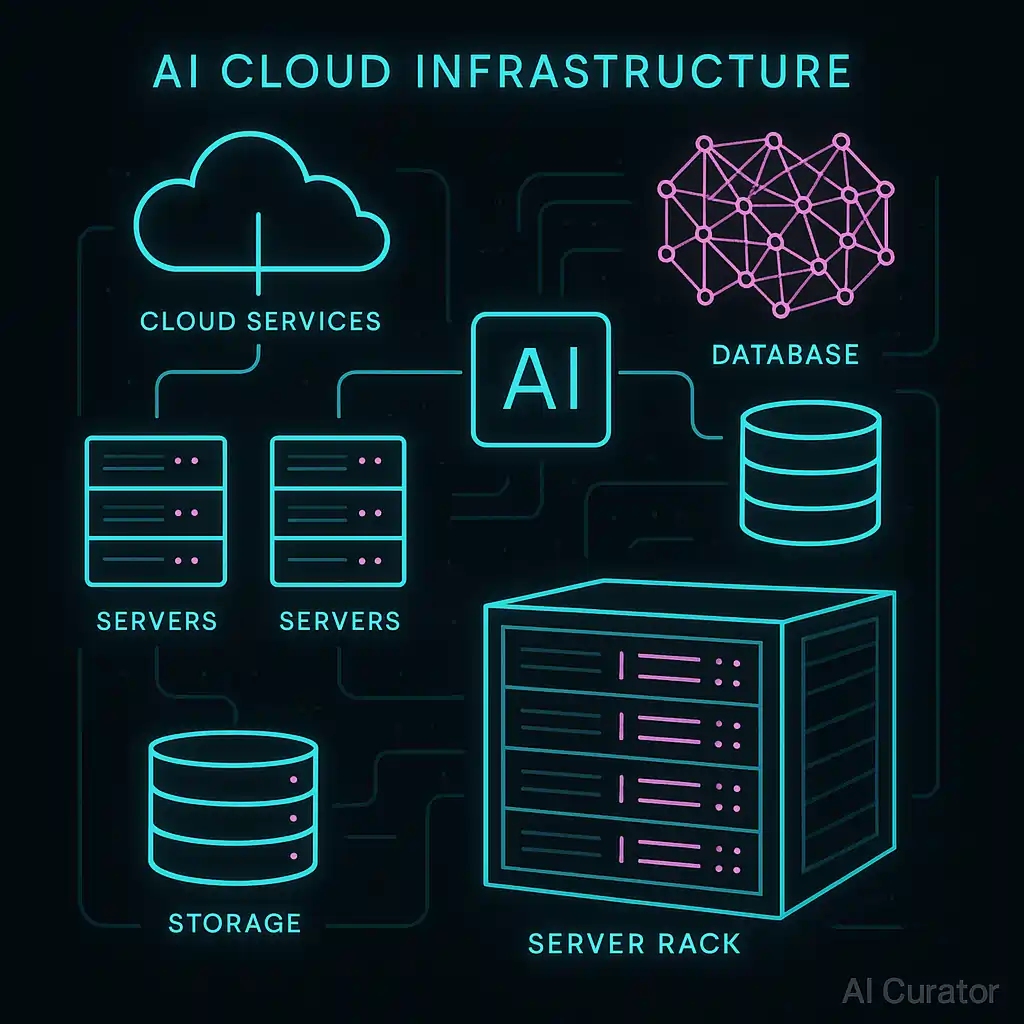
At its core, the relationship between AI and cloud computing is one of mutual benefit. AI, especially machine learning and deep learning, is incredibly data-hungry and needs immense computational power to train complex models.
Cloud platforms provide the scalability and storage capabilities essential for handling vast datasets and accelerating AI workflows.
Cloud computing provides the perfect solution: a scalable, on-demand infrastructure that offers vast storage and processing capabilities without the need for massive upfront investment in physical hardware. Think of the cloud as the engine and AI as the fuel; one provides the power, and the other provides the intelligence.
This synergy works both ways. AI is also making cloud environments more efficient and easier to manage. A field known as AIOps (Artificial Intelligence for IT Operations) uses AI to automate cloud management tasks like resource allocation, security monitoring, and performance optimisation.
This automation is crucial for handling the complexity of modern multi-cloud environments, moving towards a vision of self-managing and self-optimising systems.
Key Innovations Driving Intelligent Decisions
The fusion of AI and the cloud has unlocked several innovations that are directly improving how organisations make decisions.
Real-Time Data Analysis and Speed
One of the most significant advantages is the ability to process and analyse enormous datasets in real time. Cloud platforms provide the elastic and scalable infrastructure needed for AI models to run parallel processing on complex data, delivering actionable insights with incredible speed.
This allows for continuous monitoring of operations, instant recognition of anomalies, and dynamic responses to changing business conditions.
Predictive Analytics for Forward-Looking Strategy
Predictive analytics, powered by AI models running on the cloud, allows businesses to forecast future trends with remarkable accuracy. By analysing historical and real-time data, these systems offer valuable insights into consumer behaviour, market shifts, and operational demands.
This moves decision-making from being a reactive process to a proactive one, allowing organisations to anticipate challenges and opportunities.
Benefits of this approach include:
However, this technology relies heavily on high-quality, unbiased data. If the training data is flawed, it can lead to inaccurate or unfair forecasts.
Adaptive Systems and Autonomous Decision-Making
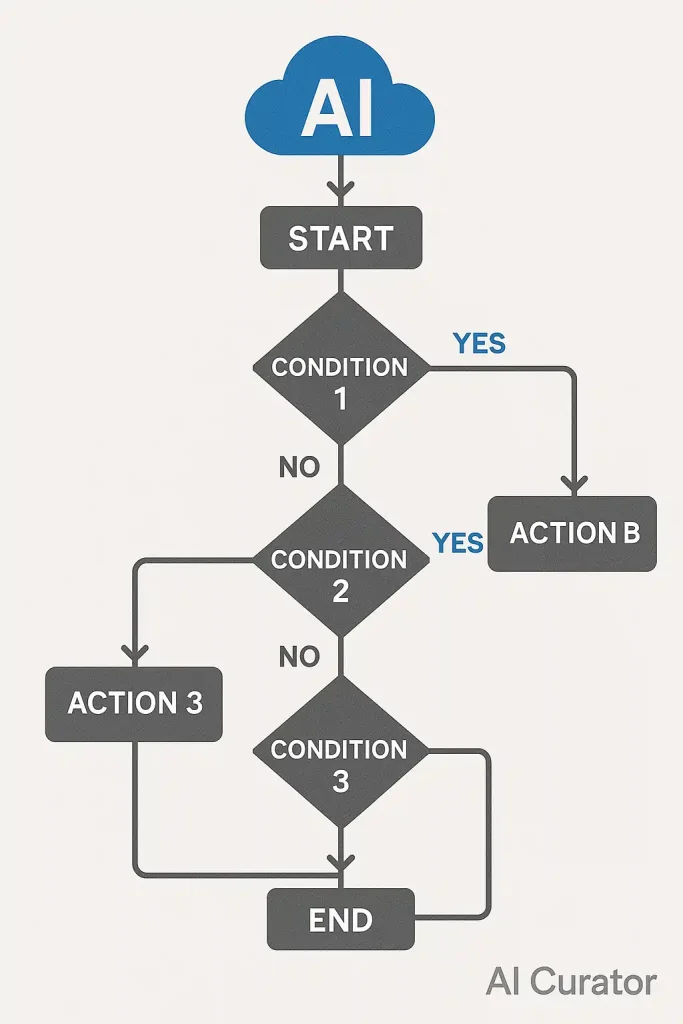
Modern AI is moving beyond simply providing insights to making decisions autonomously. Using techniques like reinforcement learning, AI systems can learn from feedback and continuously refine their decision-making processes.
These adaptive systems are becoming more common in managing complex operations without human intervention.
AI agents, which are a step beyond simple automation scripts, can understand context and make decisions based on real-time data.
For instance, an AI agent could proactively scale a company's cloud infrastructure in anticipation of a surge in website traffic or re-route logistics to avoid a predicted supply chain disruption.
This shift towards autonomous operations is freeing up human workers to focus on more strategic, high-level tasks.
Democratising AI with Cloud Platforms
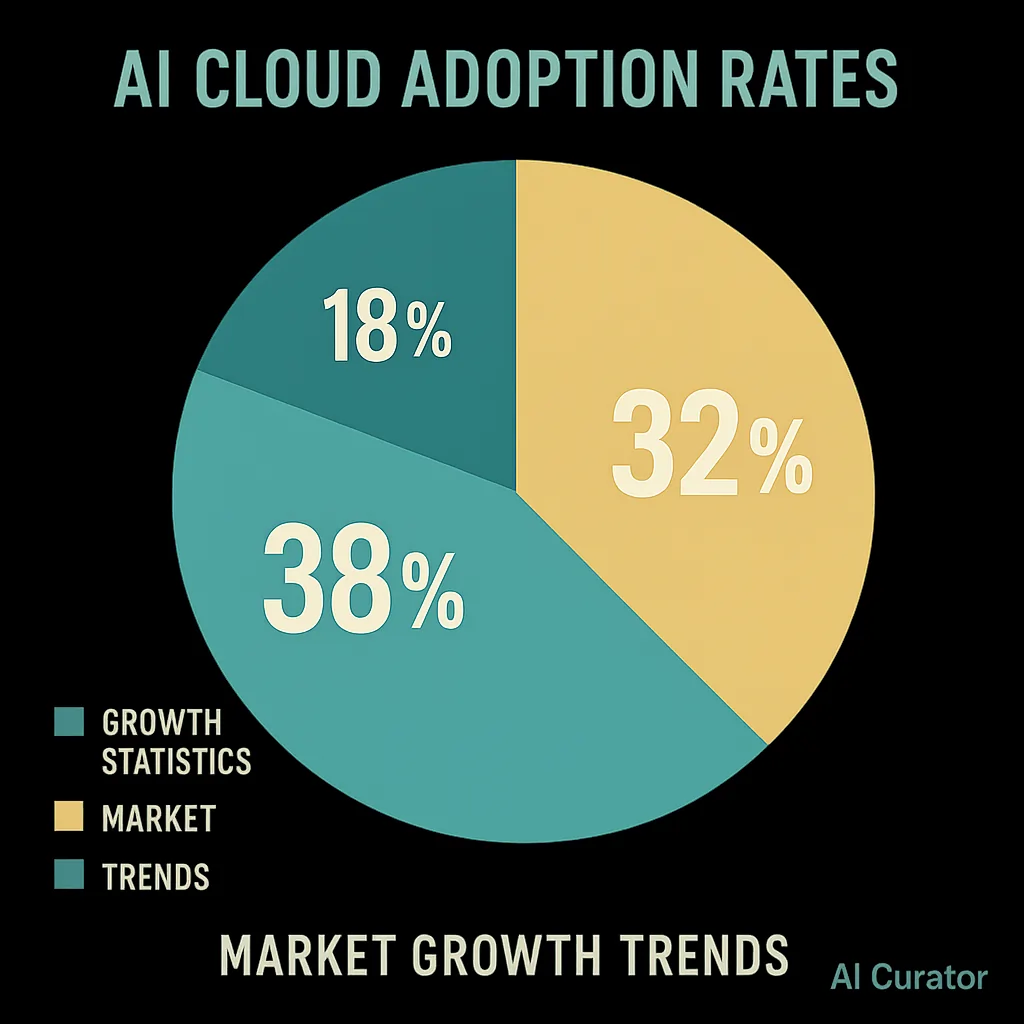
Historically, developing sophisticated AI applications was reserved for companies with deep pockets and teams of data scientists. Cloud computing has changed this dramatically.
Major cloud providers like Amazon Web Services (AWS), Microsoft Azure, and Google Cloud now offer a wide range of AI and machine learning services.
Tools like AutoML (Automated Machine Learning) automate many of the complex steps in building an AI model, such as feature selection and hyperparameter tuning.
This “democratisation” of AI allows smaller businesses and developers with less expertise to build and deploy powerful AI solutions, levelling the playing field and accelerating innovation across all sectors.
Transforming Industries: AI and Cloud in Action
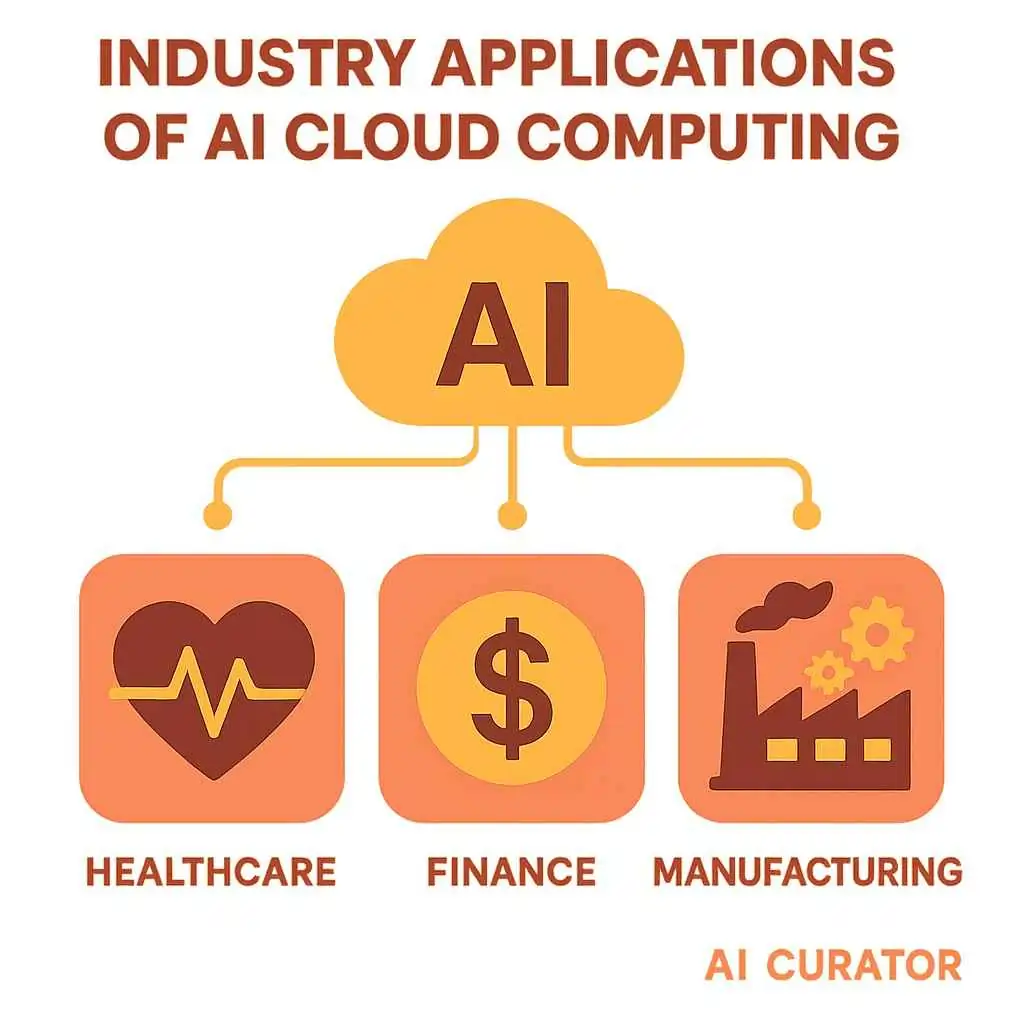
The impact of this technological convergence is felt across nearly every industry, fundamentally changing how they operate.
Healthcare
In healthcare, the combination of AI and the cloud is improving everything from diagnostics to hospital management. AI-powered imaging tools can detect diseases like breast cancer and COVID-19 faster and more accurately than traditional methods.
In hospitals, AI systems help manage resources by dynamically allocating ICU beds based on patient risk scores or adjusting surgical schedules in real time based on staff availability and emergencies.
However, challenges remain, including integrating new technologies with legacy IT systems and ensuring the privacy and security of sensitive patient data under regulations like HIPAA.
Manufacturing and Supply Chain
For manufacturers, Edge AI, which processes data locally on devices, works with the cloud to enable real-time decision-making on the factory floor. AI-powered sensors can predict when machinery will fail, allowing for pre-emptive maintenance and reducing costly downtime.
In logistics, AI can optimise delivery routes, manage warehouse inventory, and predict supply chain disruptions, making operations more resilient and efficient.
Finance
The financial sector has been an early adopter of AI and cloud technology. AI algorithms are used to detect fraudulent transactions in real time, assess credit risk, and power high-frequency trading platforms.
Edge computing plays a key role here, as processing data closer to the source reduces latency, which is critical in fast-moving financial markets.
Navigating the Hurdles: Challenges and Considerations
Despite the immense potential, adopting AI and cloud solutions comes with its own set of challenges that organisations must navigate carefully.
Your AI-Cloud Computing Action Plan
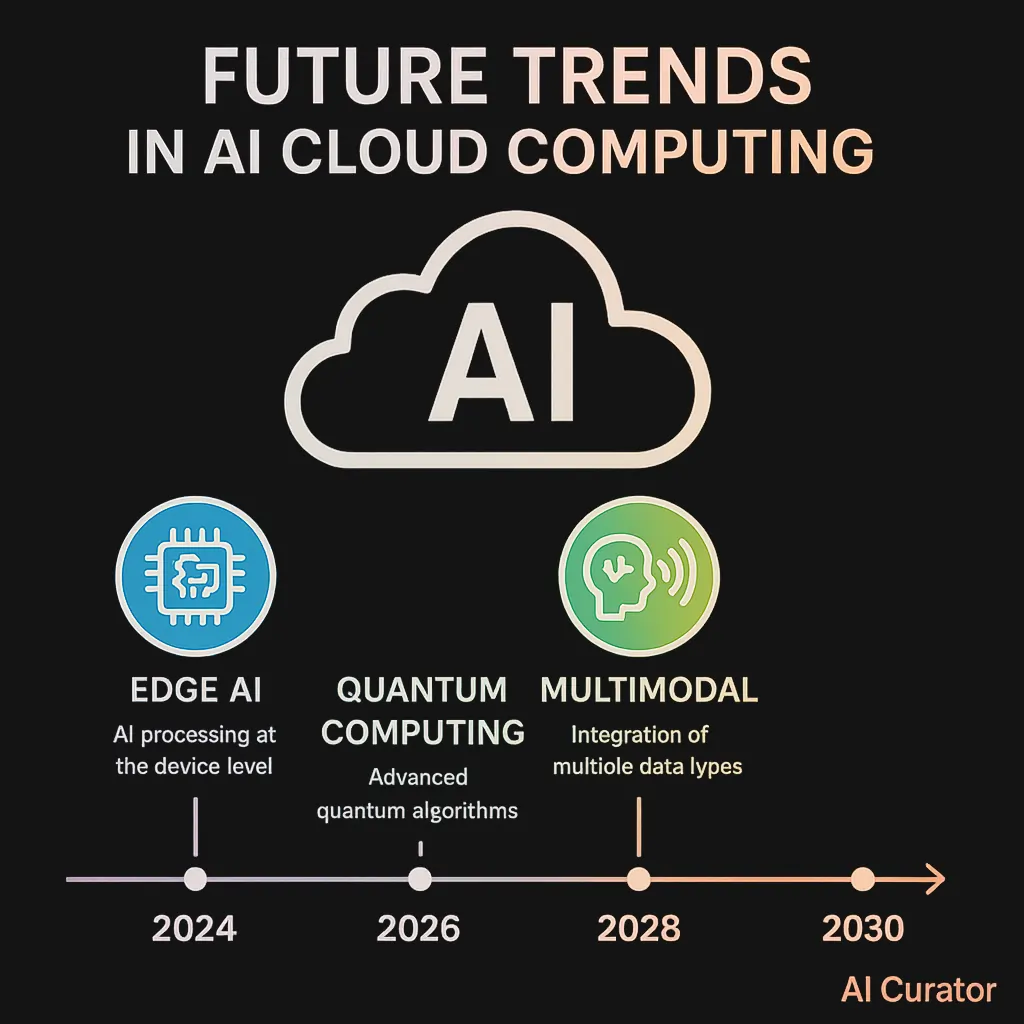
Boardroom instincts are obsolete—algorithms and cloud infrastructure now call the shots. As AI-powered analytics run on scalable cloud platforms, businesses are seizing real-time insights, automated forecasting, and smarter risk management.
Cloud-based machine learning isn’t just supporting decisions; it’s driving them, outpacing traditional models and reshaping how organizations compete. This guide exposes how the fusion of AI and cloud computing is setting new benchmarks for enterprise agility, data-driven leadership, and operational speed.
Miss this shift, and your strategy may already be outdated.







